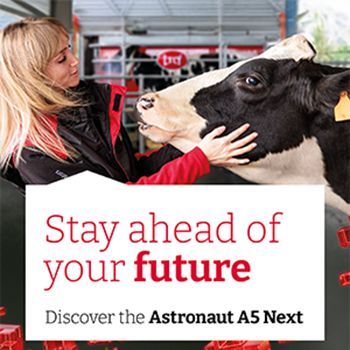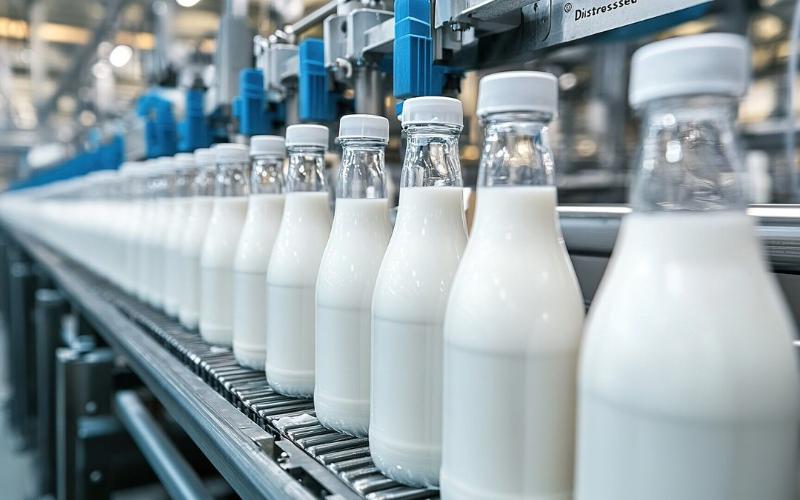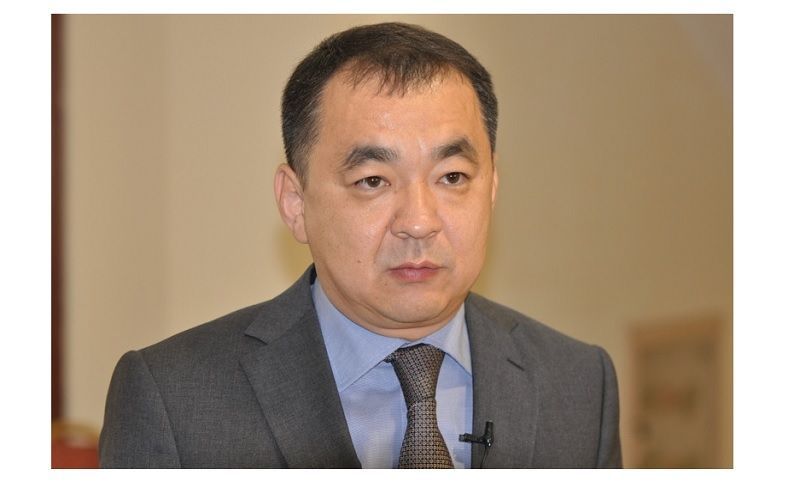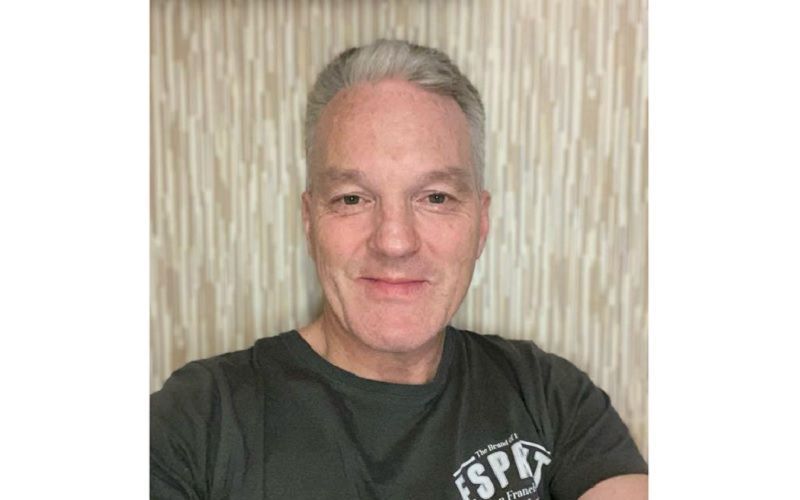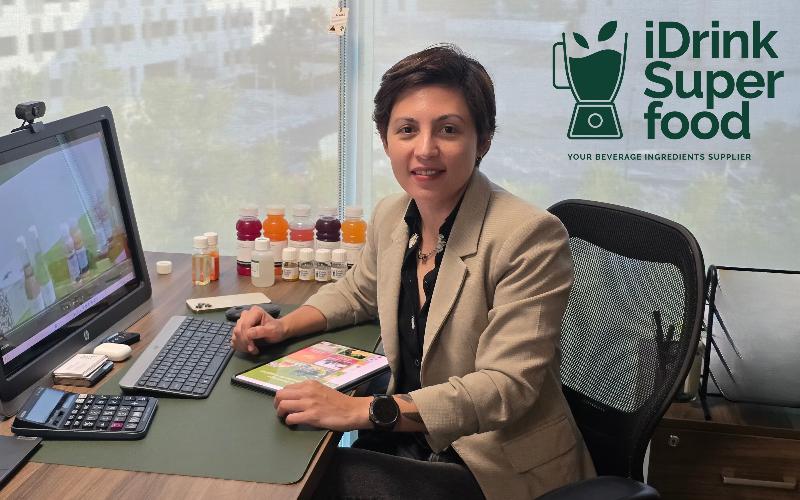Kazakh businessmen shared their impressions of Australian livestock farming

The first was the modern Southern Cross Feedlot feedlot with a capacity of 35 thousand heads of cattle for simultaneous housing. Here, Kazakh farmers got acquainted with modern equipment, infrastructure, feeding methods, a grain roller mill, and the principles of managing such a large site.
Aidarbek Khojanazarov, a deputy of the Mazhilis of Parliament, noted: “This is just a huge fattening site, 35 thousand heads of simultaneous fattening. Livestock breeders of Kazakhstan with extensive experience came with us. We studied the diet, how they are fed, our farmers are discussing ways of partnership and how to develop livestock farming in Kazakhstan "We see that in Australia all the fields are either sown or cattle are grazing and we would like it to be the same."
Investments in the construction of one cattle station with a feed workshop on the Southern Cross Feedlot farm amounted to $750, for a farm of 35 thousand heads this is about $25-30 million, the return on investment occurs in a year or two, after which the farmer begins to receive a net profit . As Australian farmers note, if you have built a feedlot for 5 thousand heads, then no additional investments are required to further expand its capacity, the press service writes.
“Here, of course, the whole service system is completely different. For example, the split, everything is fully automated. Even the split designs are different, ours are more straight, but here they are curved so that the animals are not afraid. The site is located on a slope, so moisture does not linger on it , but flows down and is collected in special drains. Thus, there are no problems for the hooves. Perfect cleanliness. On the one hand, they say that cleanliness is where they don’t litter, but I don’t think that they don’t litter here, they just clean well. We have much more problems with this in winter,” Kintal Islamov, Chairman of the Board of Atameken Agro JSC, shared his impressions.
According to the press service, the tagging processes, registration deliveries, parameters and history of the animal upon arrival at the feedlot are automatically read using the ear tag. Animals are divided into different fattening programs, in accordance with the standards of the countries for which they are being prepared for sale. This farm has 4 fattening programs: for EU countries, for 150, 200 and 350 days. The category of the program depends on the initial weight of the animal with which it arrived at the site.
The feedlot processes an average of 1,500 heads per week: reception – 1,500 heads, and the same amount for slaughter. The work involves 25 permanent employees, including specialists and administrative staff.
On this farm, animals gain weight by 1.5-2 kg every day. Cheaper production, like that of the bulk of Australian farmers, occurs thanks to the rotational grazing method and three stages of fattening: growing on grass, growing with the addition of a quarter of the grain to the grass feed, and grain-fed. With good grass, grain feeding is sometimes not necessary; on grass, an animal can reach up to 600 kg. And complete waste recycling. Reducing costs at each stage and well-organized trading of livestock on the stock exchange make it possible to get a return on investment as quickly as possible.
A similar economic approach applies to sheep fattening. Kazakh specialists got acquainted with it during a visit to the Bakersfield Feedlot sheep feeding area. The feed supply system here is fully automated, which allows 16 thousand lambs to be fattened at the same time, the annual turnover is more than 65 thousand heads.
Aaron Prettejohn, owner of the Bakersfield Feedlot, said: “The area of our industrial site is about 11 thousand hectares. Behind me is an industrial lamb feeding plant. The annual number of livestock on the farm is from 60 to 90 thousand. The fattening period is 48-58 days, it depends on quality of livestock that comes to the site. Stability of supply is very important to us, all those to whom we sell provide high stability. I am responsible for ensuring that the carcass has a good yield of meat, high marbling, so that the meat is soft. We are in business 8.5 months per year, due to winter, in addition, lambing occurs 2 times a year, which makes it possible to conduct business 8.5 months a year. We shear animals because we want to have more space for animals on the feeding table (feeder). Also "We have a lot of flies and some of the animals can get diseases. We find that shearing sheep gives us more economic efficiency."
“We have a sheep-breeding cluster, we raise, fatten, and sell sheep ourselves. Now the total number of livestock is 54 thousand heads, of which 28 thousand are ewes. Every year we keep from 10 to 20 thousand heads at the feeding site. When compared with the Australian method fattening, then livestock is released for export every 2 months, and we release it every 4 months, and seasonally. At the same time, it is cheaper to raise sheep here, in the summer the lambs graze on pastures and come to the feeding site with a good weight. It would be useful for our production The food system, like at this site, is semi-automated,” noted Ilyas Zhananov, representative of Alakol Agro LLP.
Photo: press service of the Ministry of Agriculture of the Republic of Kazakhstan

